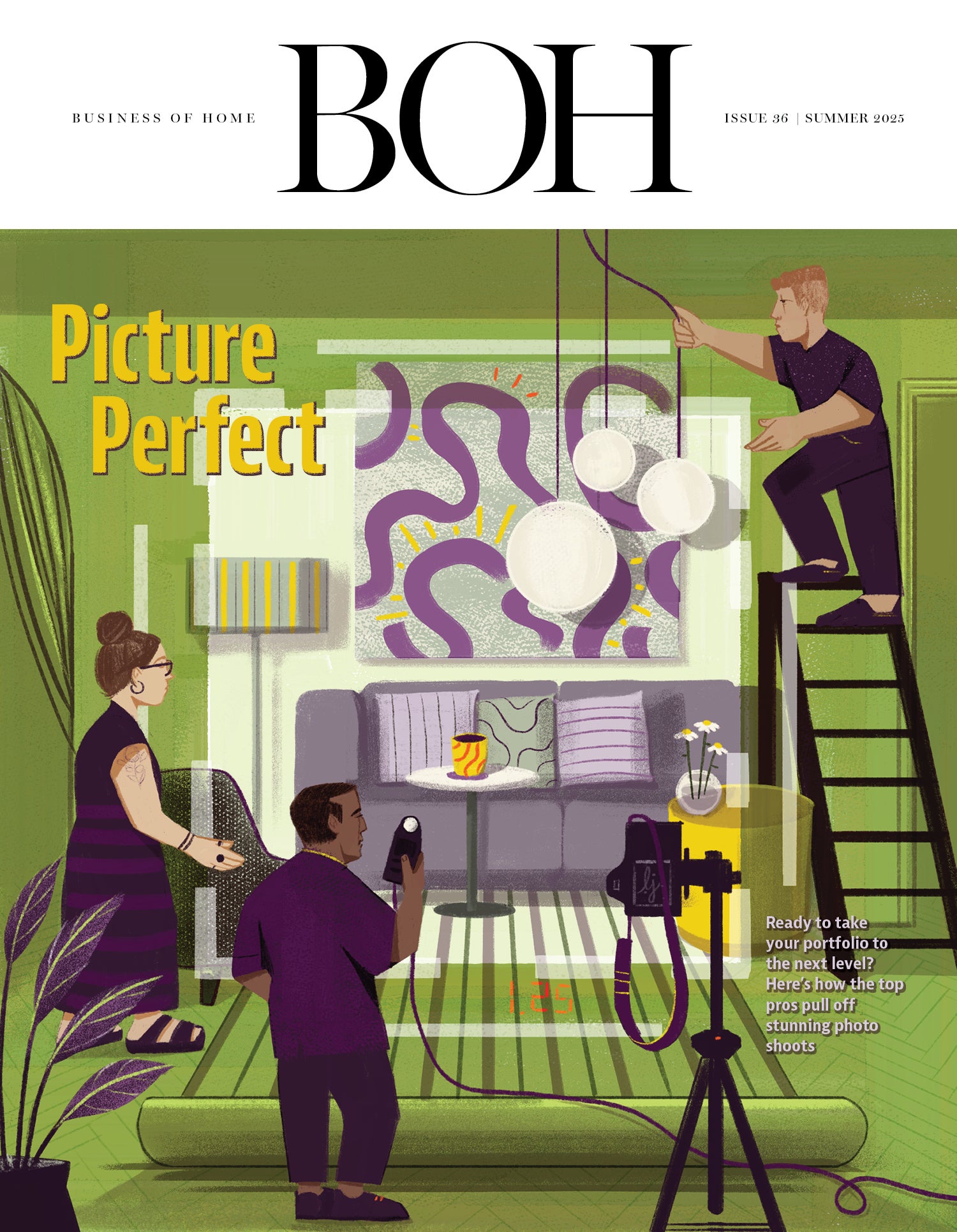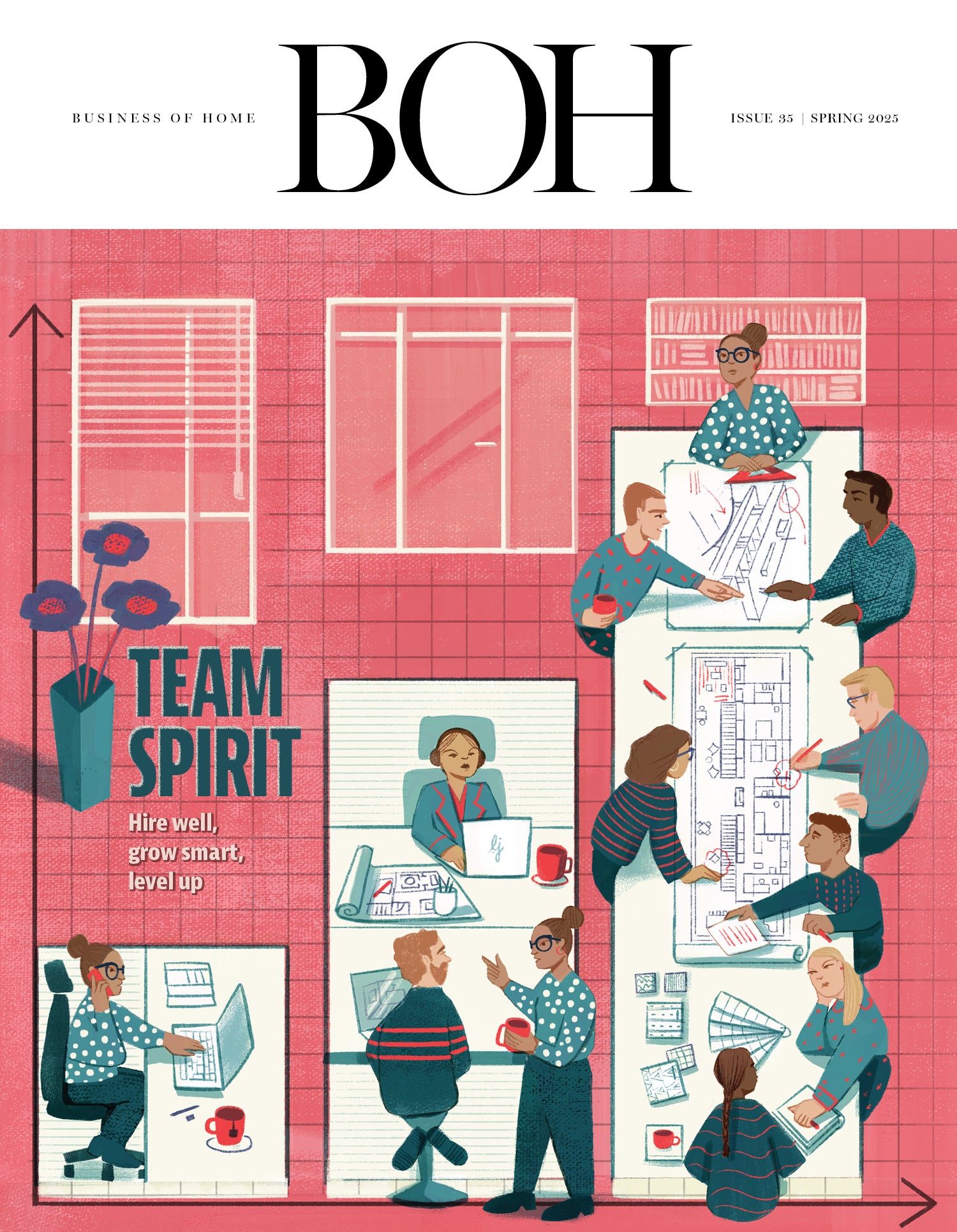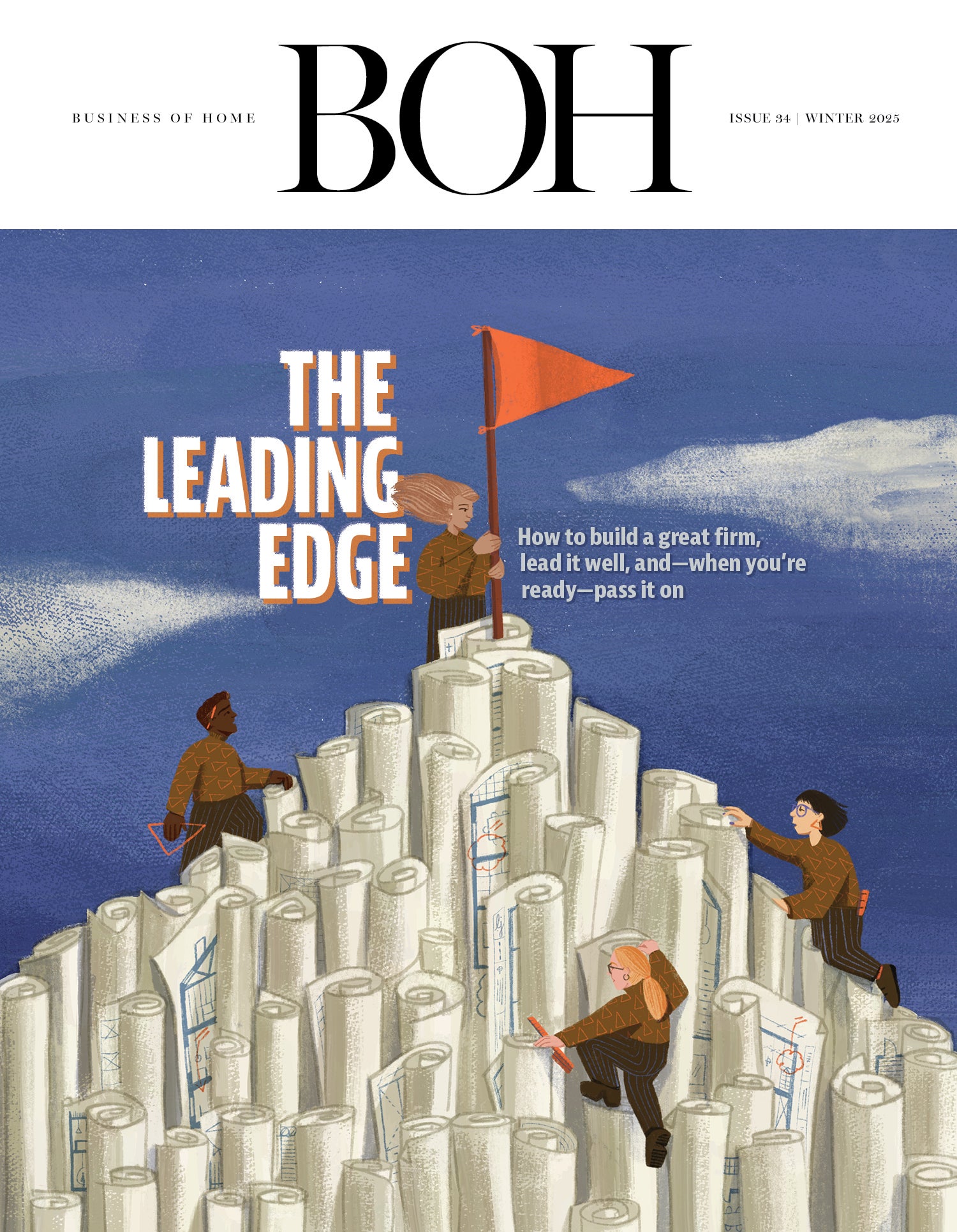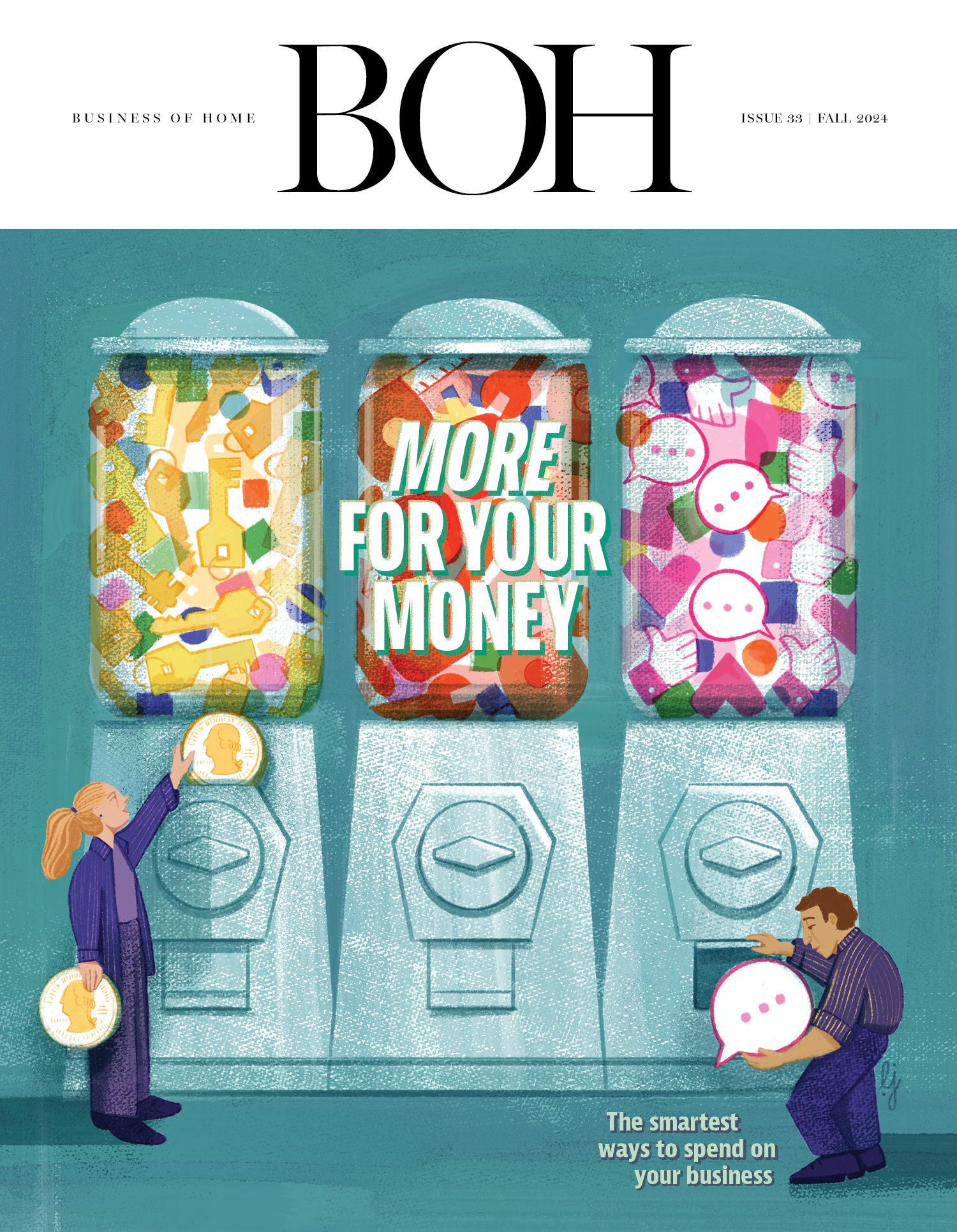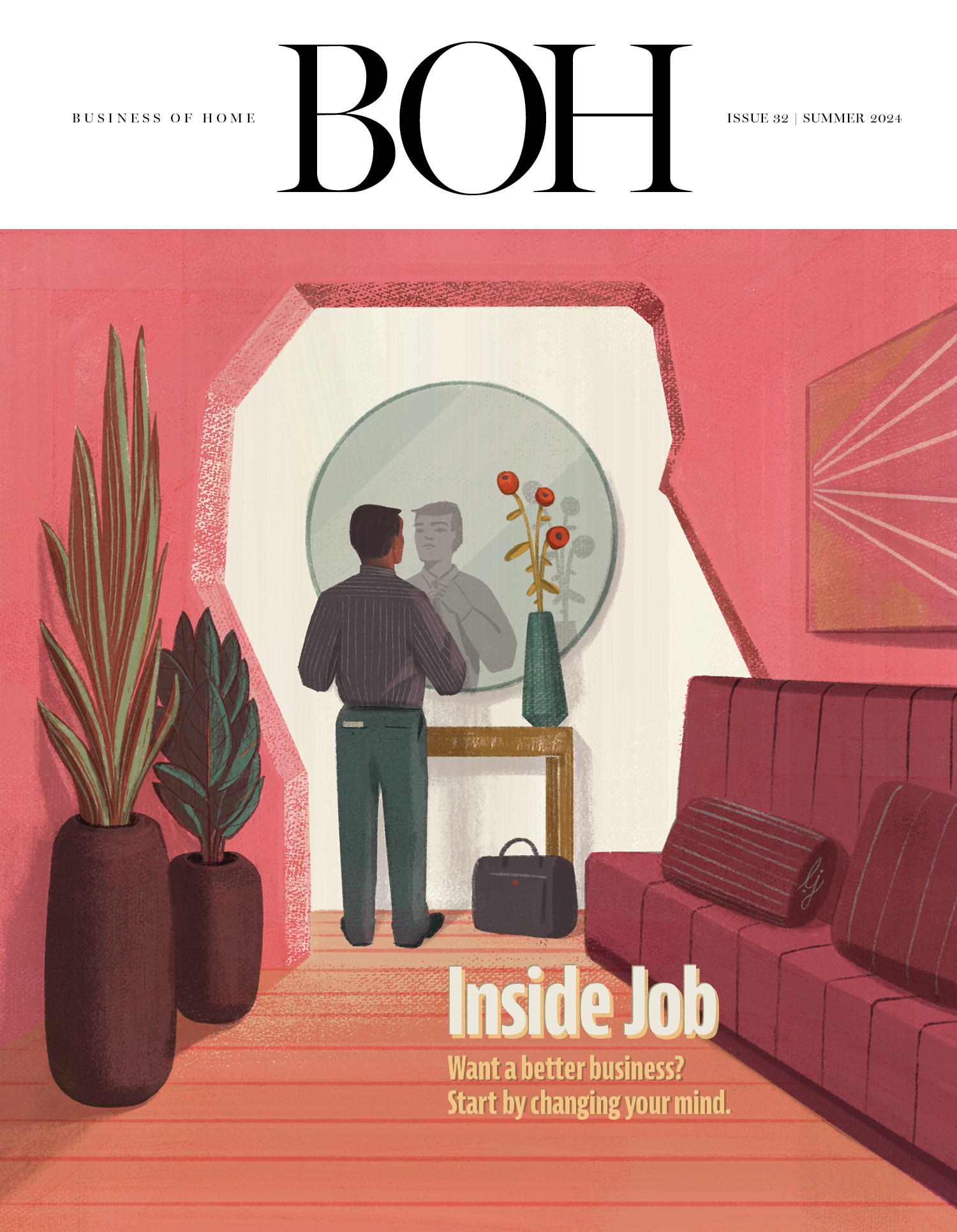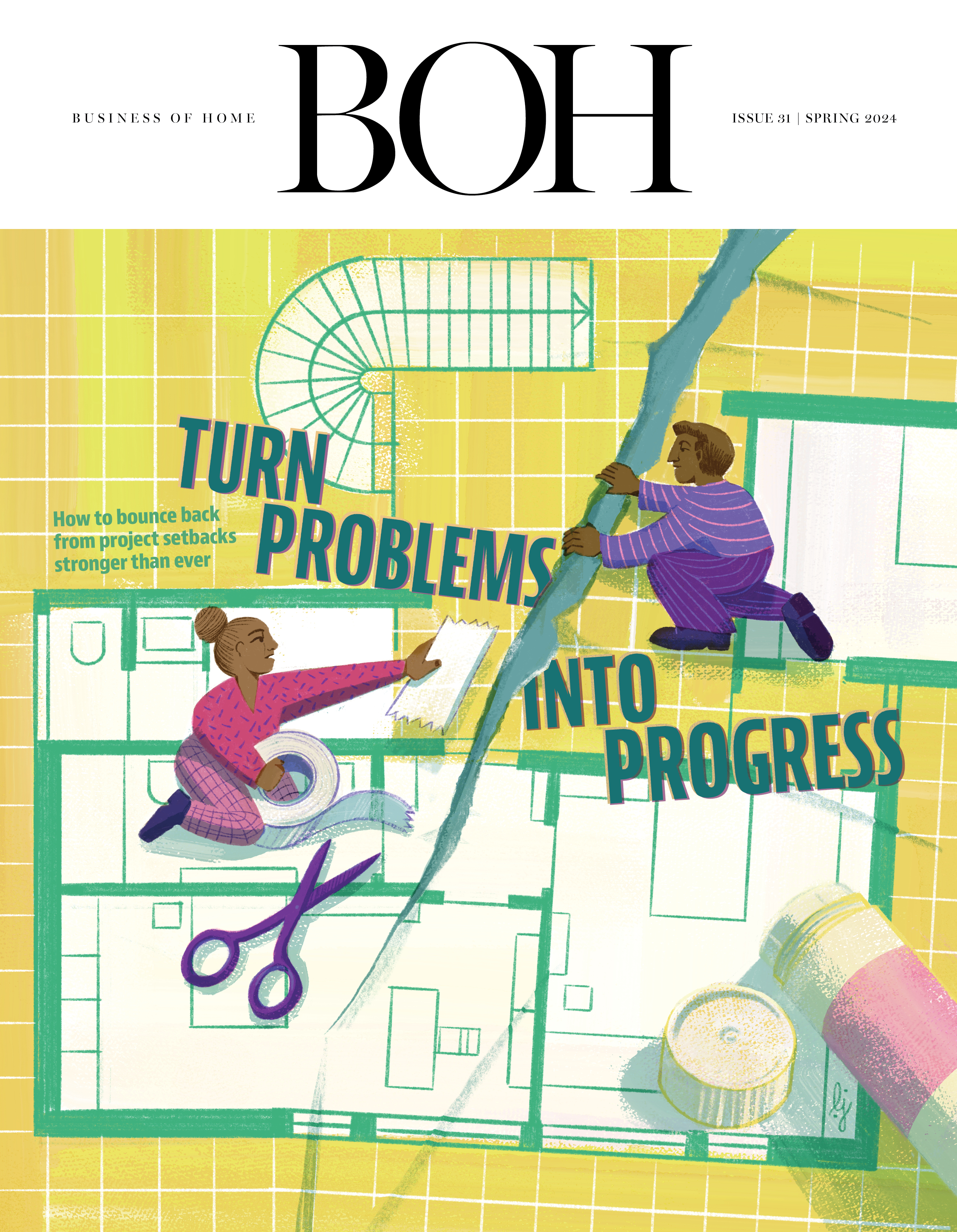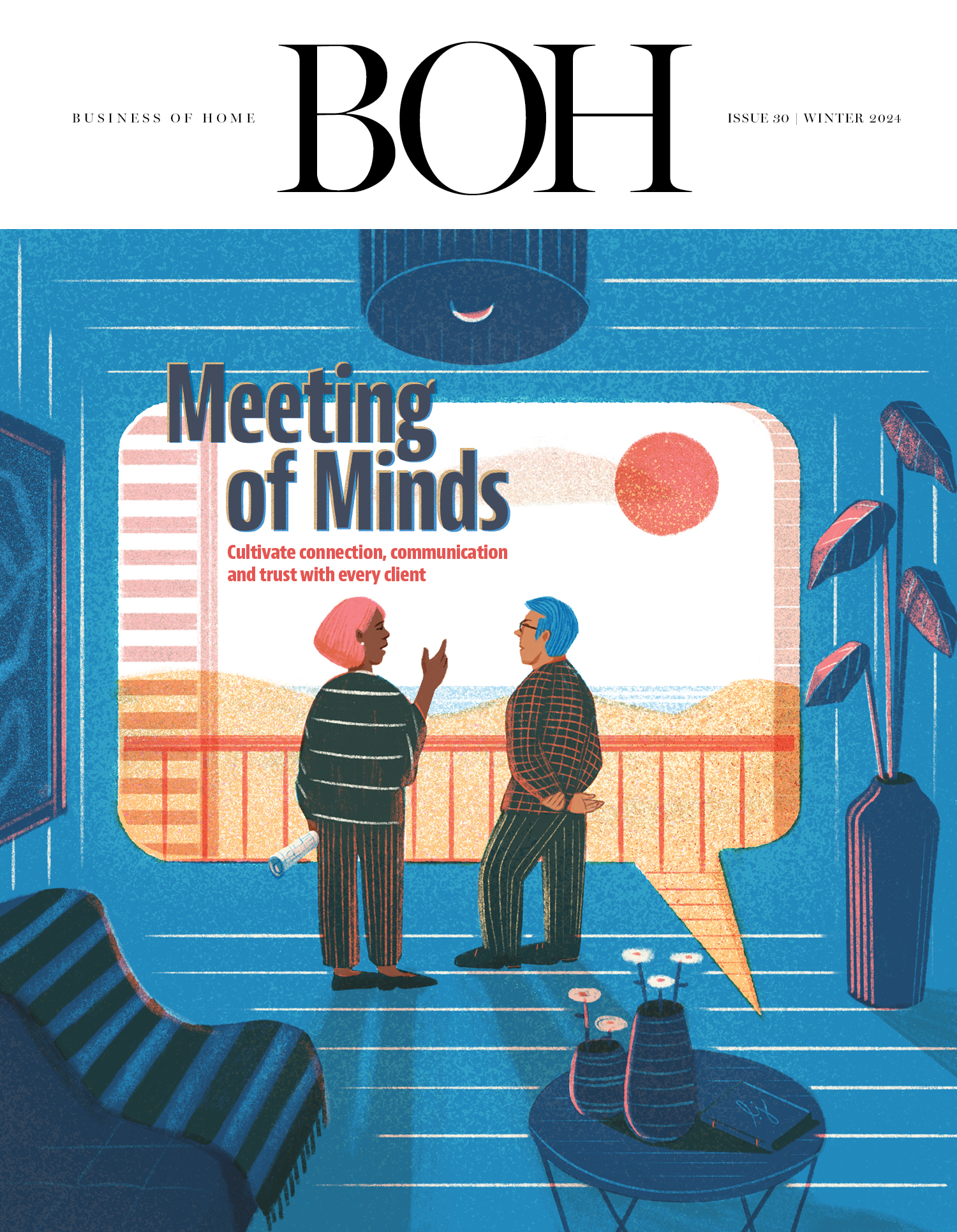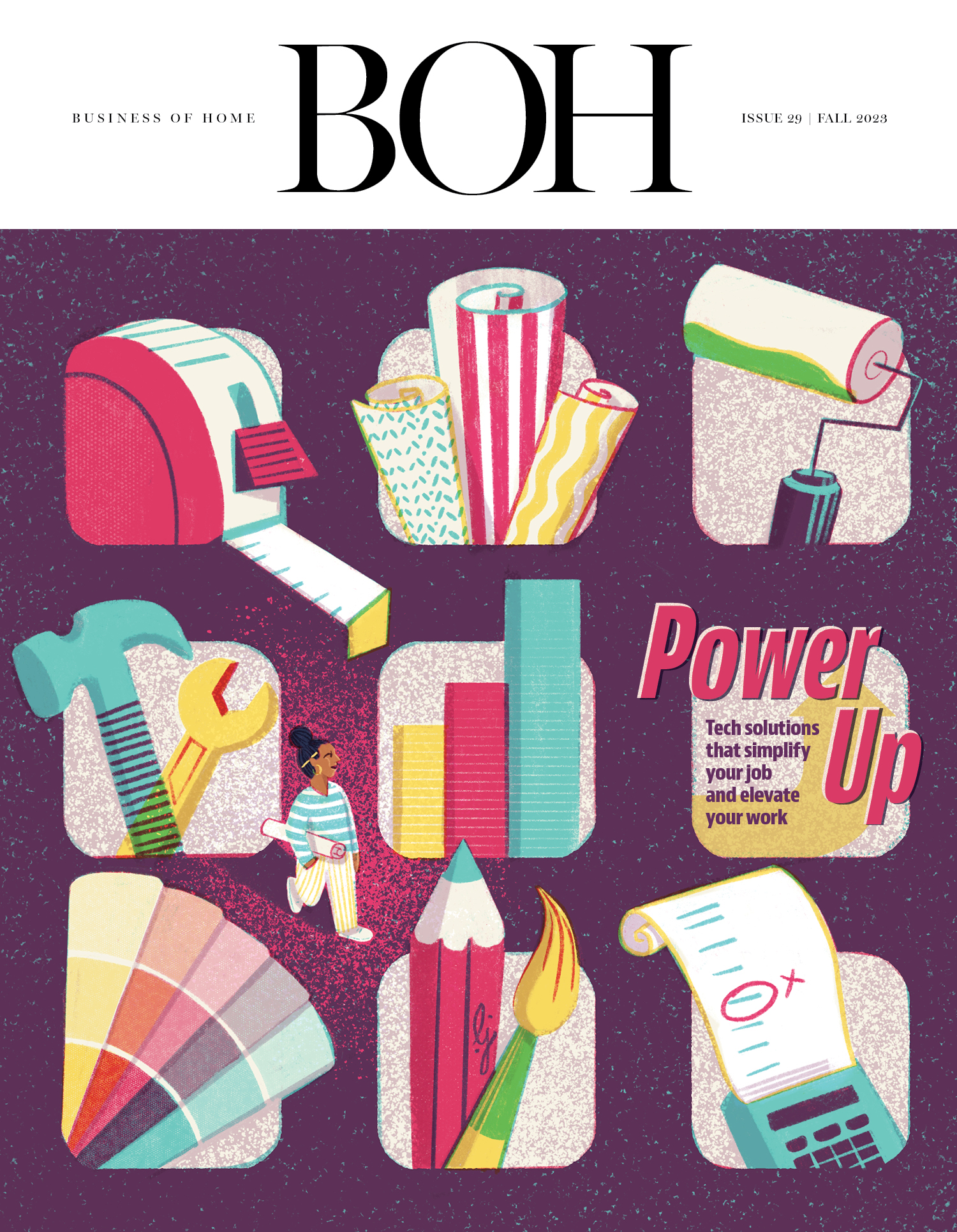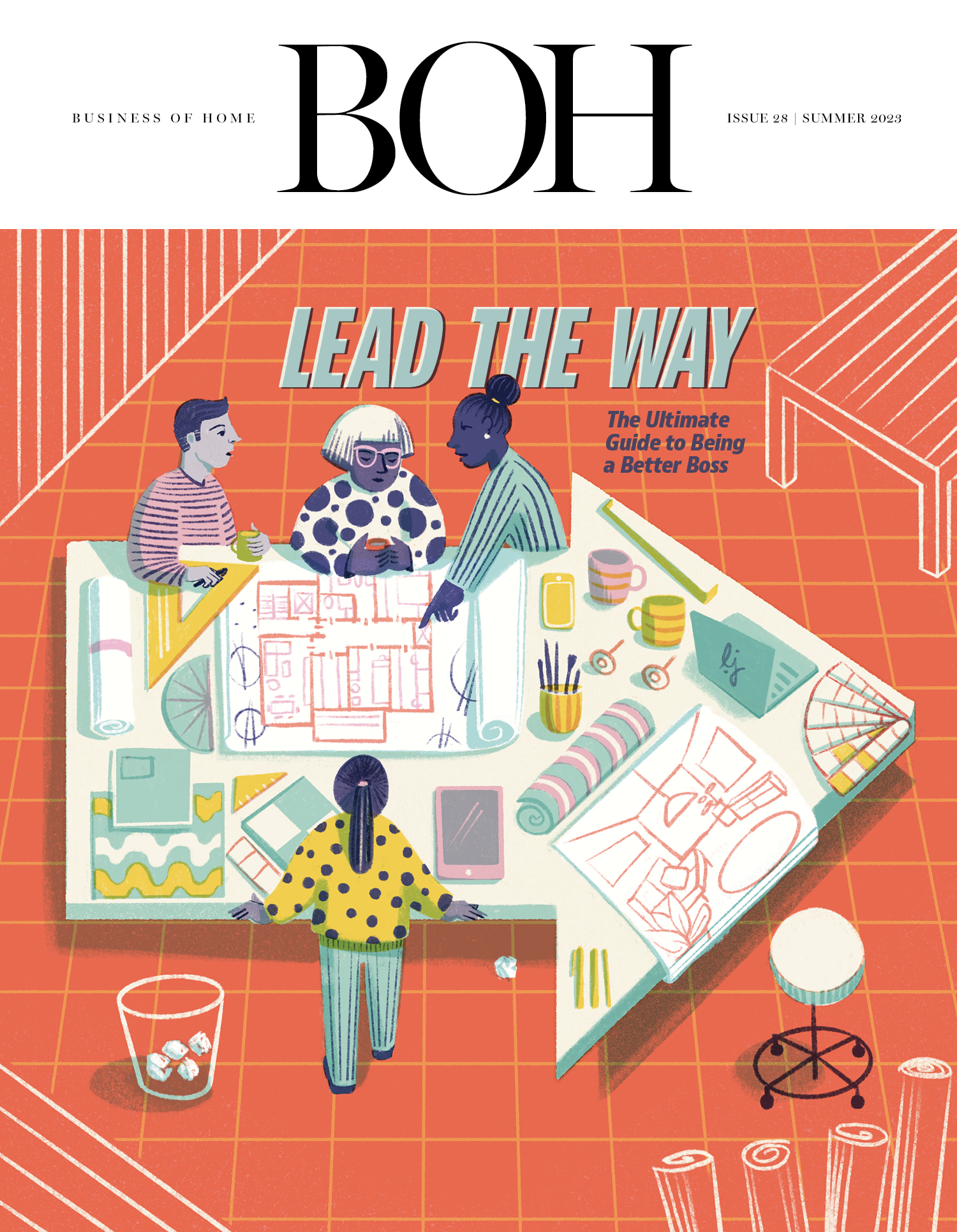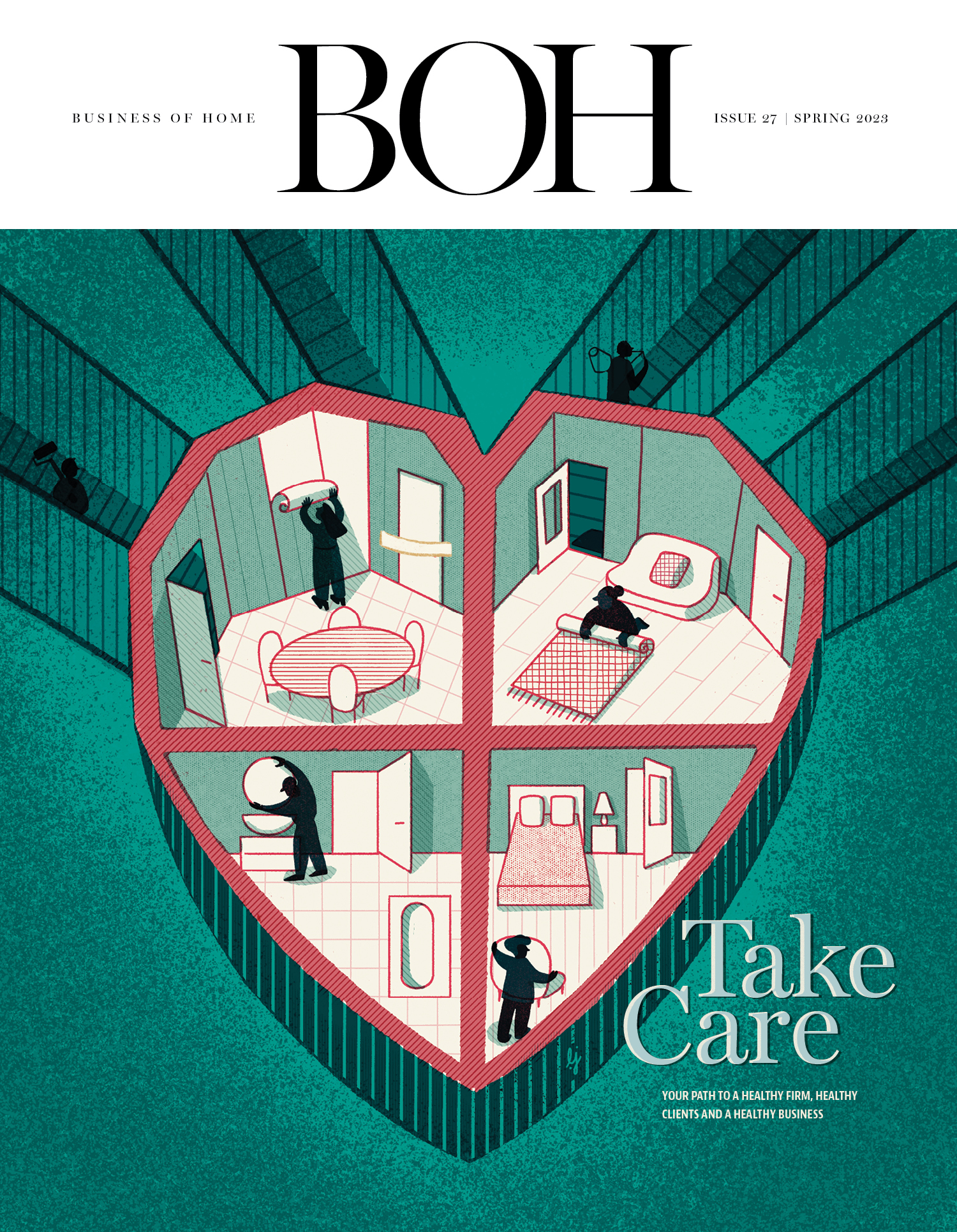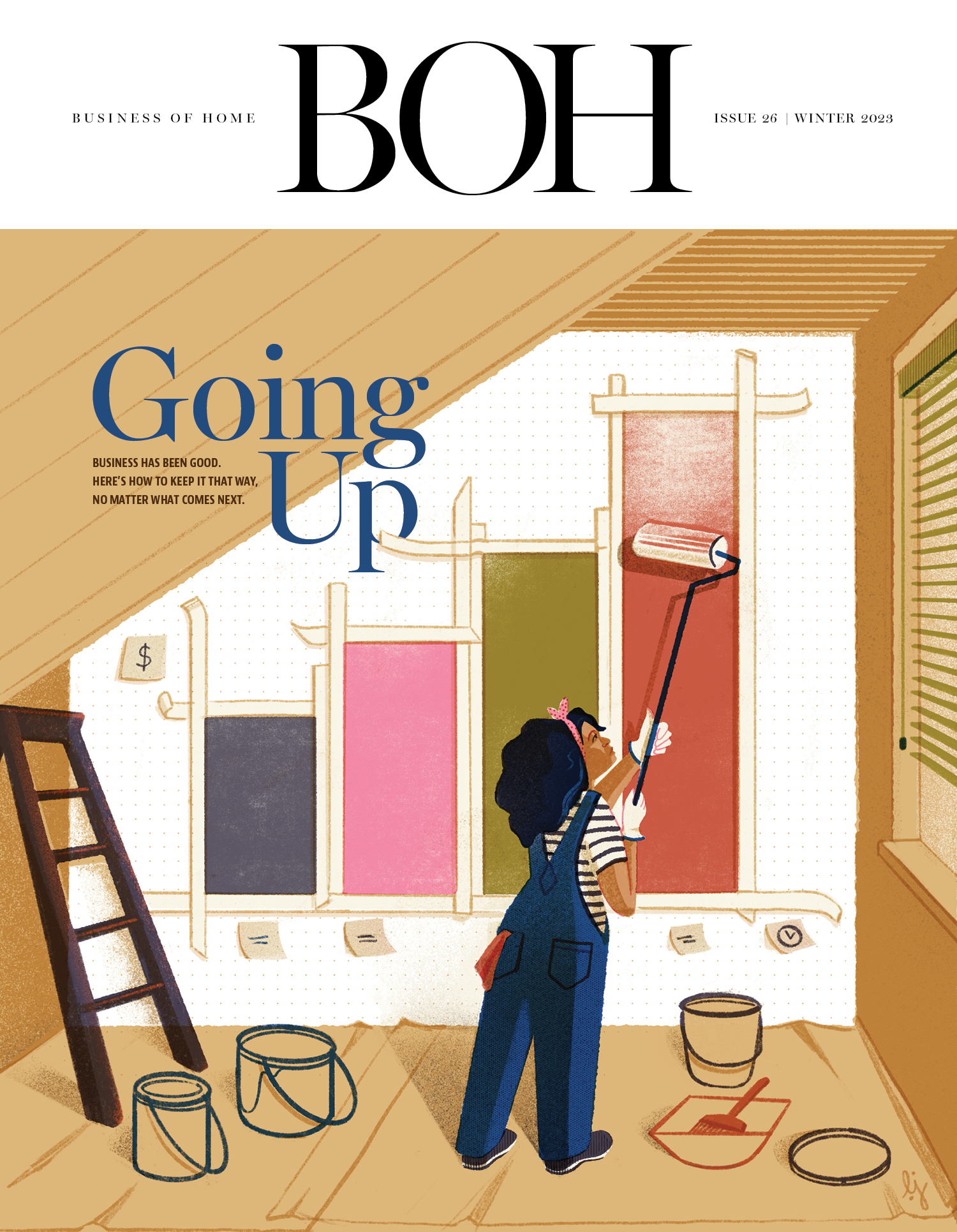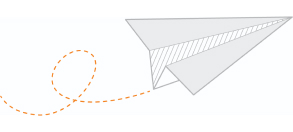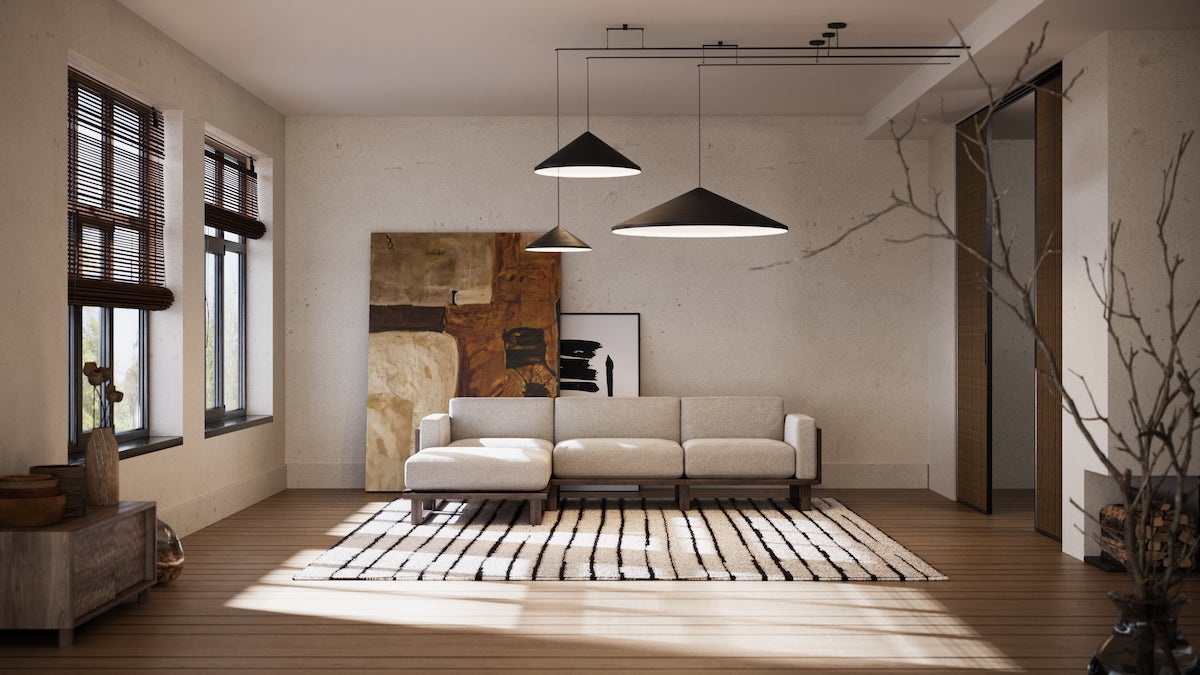Model No., the direct-to-consumer startup that specializes in 3D-printed furniture, has been acquired. The buyer is IC3D, an Ohio-based 3D printing company. As part of the transaction, CEO Phillip Raub will leave Model No., and none of the company’s employees will transition over. Financial details of the deal were not disclosed.
“We were originally looking [to sell to a] large-scale commercial furniture company,” says Raub. “But [IC3D] had the best vision and the resources to preserve Model No.”
IC3D, a category-agnostic company that 3D-prints everything from automotive parts to industrial components, has acquired both Model No.’s equipment and the brand’s IP. “[The short-term goal is to] continue to nurture it, make it profitable, and have it be able to stay on its own two feet,” says IC3D founder and “chief extrusion officer” Michael Cao.
Model No. was founded in 2018 by entrepreneurs Vani Khosla, Jeffrey McGrew, and Jillian Northrup. The premise behind the Oakland, California–based company was ambitious but relatively straightforward: Use large-scale 3D printers to turn agricultural waste into furniture. The concept—a well-packaged blend of technology and sustainability optimism—was buzzy, and Model No. was feted by the press with headlines like “This California Company Is Making Furniture From Corn Husks.”
Lurking behind the concept was an even bigger vision about how 3D printing could fundamentally change the way furniture is made and sold. Because 3D printing facilities are relatively compact, Model No. could theoretically build “microfactories” in the suburbs of every major city in America. Instead of manufacturing and shipping pieces from a central hub, racking up a large carbon footprint in the process, the idea was to eventually make each item à la carte, 10 miles from its final home. Because 3D printing is relatively quick, you wouldn’t have to hold inventory either—another sustainability perk and cost savings.
With that as a pitch, Model No. raised venture money and built out its own facility in the Bay Area. As a day-to-day business, its biggest clients were on the contract side of the industry: corporations, real estate developers, hotels and public institutions.
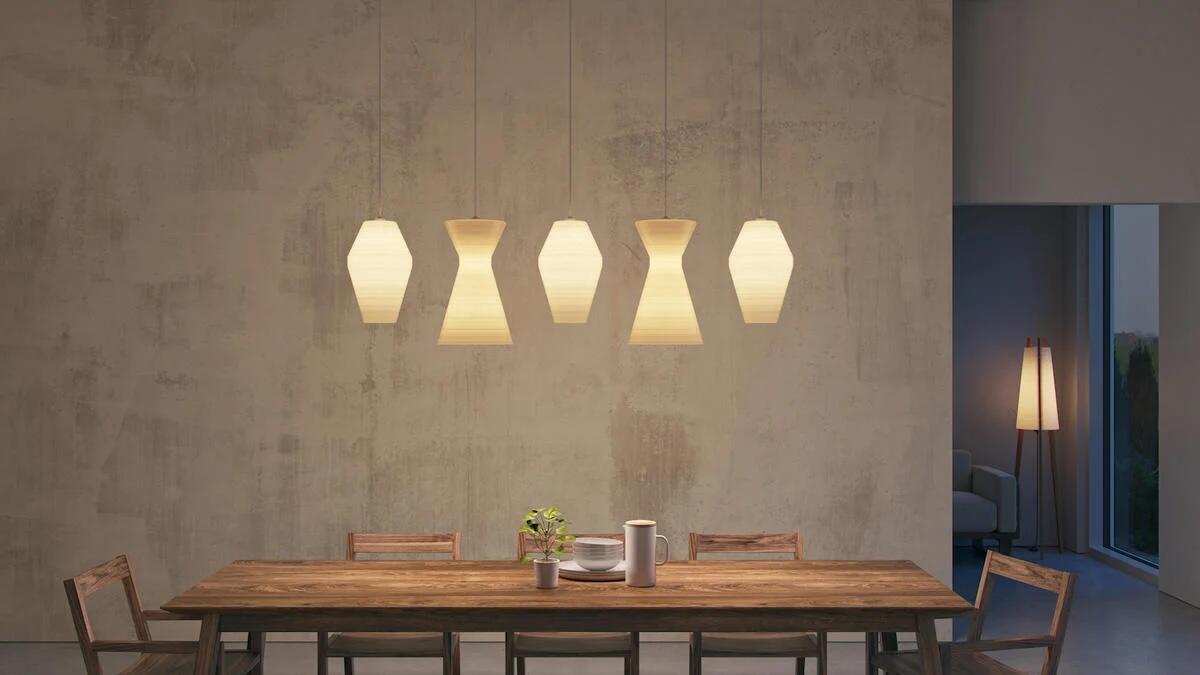
Despite the promise of 3D printing, Raub says scaling the model is extremely capital-intensive, as the machines are expensive to buy, maintain and modify. In that, it’s a mirror image of traditional furniture production, where labor and materials make up a huge percentage of the cost base, and the manufacturing equipment is durable and comparatively affordable.
In the end, Raub says venture capital mechanics forced Model No. to seek a buyer. “It's a really hard business to scale, and a lot of financial resources and time would have been required to take it to the next level,” he explains. “The timeline with venture investors is usually seven to 10 years, and [Model No.] was seven years in. [Our investors were] looking at it and saying, ‘OK, if we keep putting money into this, is the return going to make any sense 15 years from now?’ The amount of capital that would have to go in, and what the returns would have to be at that point, would have probably [put the company] underwater a little bit.”
IC3D comes to the deal without the burden of investors on its back. Cao says the business model can work, despite the challenges of 3D-printing furnishings—and a consumer base that has yet to flock to the concept in droves. That’s especially true in niche categories, like large-scale outdoor planters for commercial projects. There, much of what is specified is custom (a strength of 3D printing); it’s also a category where shipping pieces overseas is inefficient, meaning that domestic producers can compete.
“These things don’t stack well, so you’re largely shipping air. It’s a lot of money in warehousing, a lot of energy, and a lot of human effort to manage their production,” says Cao. “That is the big promise of printing—to produce things when you need it, only as much as you need, and as close to the consumer as possible.”
Raub says that though interest in 3D printing continues to increase every year, design industry adoption is sluggish. “I spent a lot of time in Michigan, meeting with different companies. I think they’re playing with 3D printing: You’re starting to see development, and they’re talking about it—they just don’t know exactly what to do with it,” he says. “I think the fault of [large furniture brands] is that they don’t really want to embrace it, because they’re so risk-averse in so many ways.”
Still, he is optimistic about the growth of the category in general. “I do think that there are areas where this will continue and the vision will continue to persist,” he adds. “Especially right now, obviously there’s a pretty strong push for domestic manufacturing. … Some people think about that—other people look at [3D printing] from a sustainability point of view. Whatever lens you want to put on it, I think there are a lot of benefits.”




